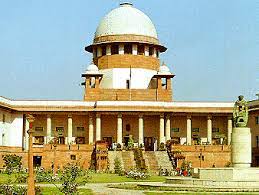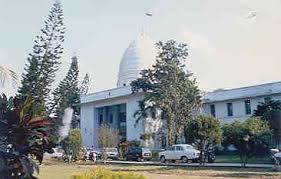Constitution of India – Article 226 – Writ Jurisdiction – Contractual Dispute – Principle of estoppels – “nullus commodum capere potest de injuria sua propria” – No man can take advantage of his own wrong – Disputes arising out of purely contractual obligations – The controversy revolves around the interpretation of Clause-8 of a Notice Inviting Tender and the subsequent failure to comply with its terms. The respondent, having participated in the tender process, challenged the validity of the clause through civil litigation, which delayed the issuance of the work order. Consequently, the respondent sought damages for the period of delay.
The learned Single Judge of High Court, while acknowledging the respondent’s failure to comply with the contractual terms, awarded damages based on equitable principles, considering the concept of a welfare state. However, the appellants contested this decision, arguing that the matter should have been resolved through a civil suit rather than under writ jurisdiction. They contended that the quantification of damages necessitated resolving disputed factual questions, inappropriate for a writ court.
The Supreme Court, after considering the submissions and perusing the record, concluded that disputes arising solely from contractual obligations are not within the purview of writ jurisdiction. It emphasized the principle of estoppel, stating that the respondent, by participating in the tender process, was estopped from challenging the contractual terms later. The court cited precedents to support its stance that such disputes are best adjudicated by the agreed forum, typically through civil proceedings or arbitration. Consequently, the impugned judgments were deemed illegal and without jurisdiction, leading to their quashing and setting aside. Para 23
SUPREME COURT OF INDIA
2024 STPL(Web) 346 SC
[2024 INSC 398]
Municipal Committee Katra & Ors. Vs. Ashwani Kumar
Civil Appeal No(S). 14970-71 of 2017-Decided on 09-05-2024.
https://stpllaw.in/wp-content/uploads/2024/05/2024-STPLWeb-346-SC.pdf







